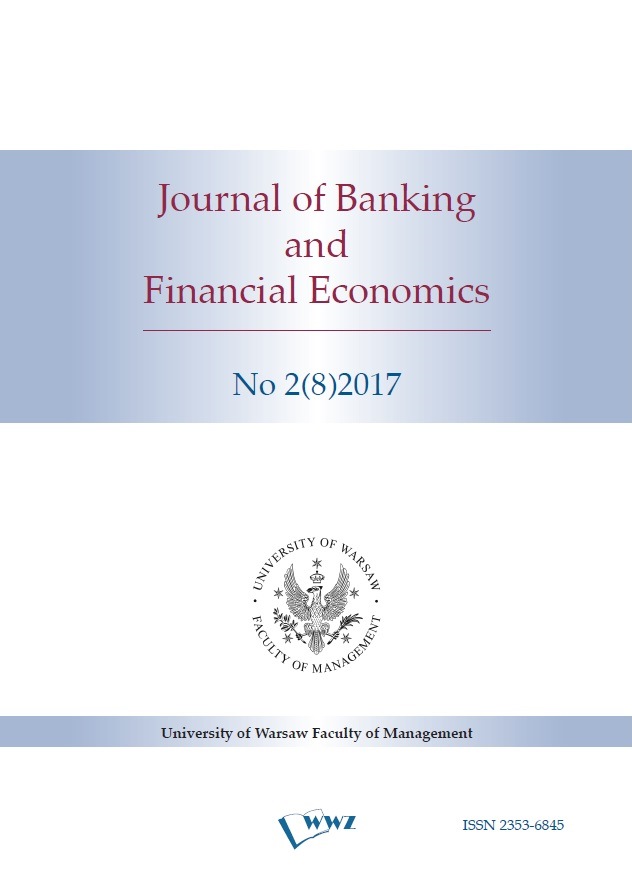Does persistence in idiosyncratic risk proxy return-reversals?
Does persistence in idiosyncratic risk proxy return-reversals?
Author(s): Harmindar B. Nath, Vasilis SarafidisSubject(s): Business Economy / Management, Financial Markets
Published by: Wydawnictwo Naukowe Wydziału Zarządzania Uniwersytetu Warszawskiego
Keywords: Return reversals; idiosyncratic risk; panel cointegration; panel ECM; quantile regression
Summary/Abstract: Understanding the return-reversal phenomenon observed to generate large abnormal profits under some stock market trading strategies is of considerable interest in finance. There is also much debate over the use of idiosyncratic risk as a predictor in asset pricing models when it is persistent. This paper, using the Australian data, presents new empirical evidence of return-reversals at the firm level and the existence of an equilibrium state based on robust econometric methodology of panel error-correction model. The method exploits the persistence in idiosyncratic risk and builds on its cointegration with the returns series. Our results reveal the tendency of long-run returns to restore equilibrium, reversals in short-run returns, a slower recovery to equilibrium by small stocks, and while the short-run responses of returns to changes in log book-to-market ratios are positive, their reaction to persistence in idiosyncratic volatility causes the reversal process. The pattern in quantile dependent coeffi cients of short-run idiosyncratic risk-return relationship suggests that (i) the changes in idiosyncratic volatility risk adversely affects the short-run returns of low performing stocks but investments in high performing stocks benefi t from such changes; (ii) the increasing trend in the coeffi cients implies a quadratic relationship in the levels of the two series. The signifi cant marginal effects of changes in idiosyncratic volatility and its one period lagged values on changes in returns at many quantiles support the impact being due to persistence in idiosyncratic risk, and their reversing signs provide an evidence of reversion in short-run returns.
Journal: Journal of Banking and Financial Economics
- Issue Year: 8/2017
- Issue No: 2
- Page Range: 27-53
- Page Count: 27
- Language: English

